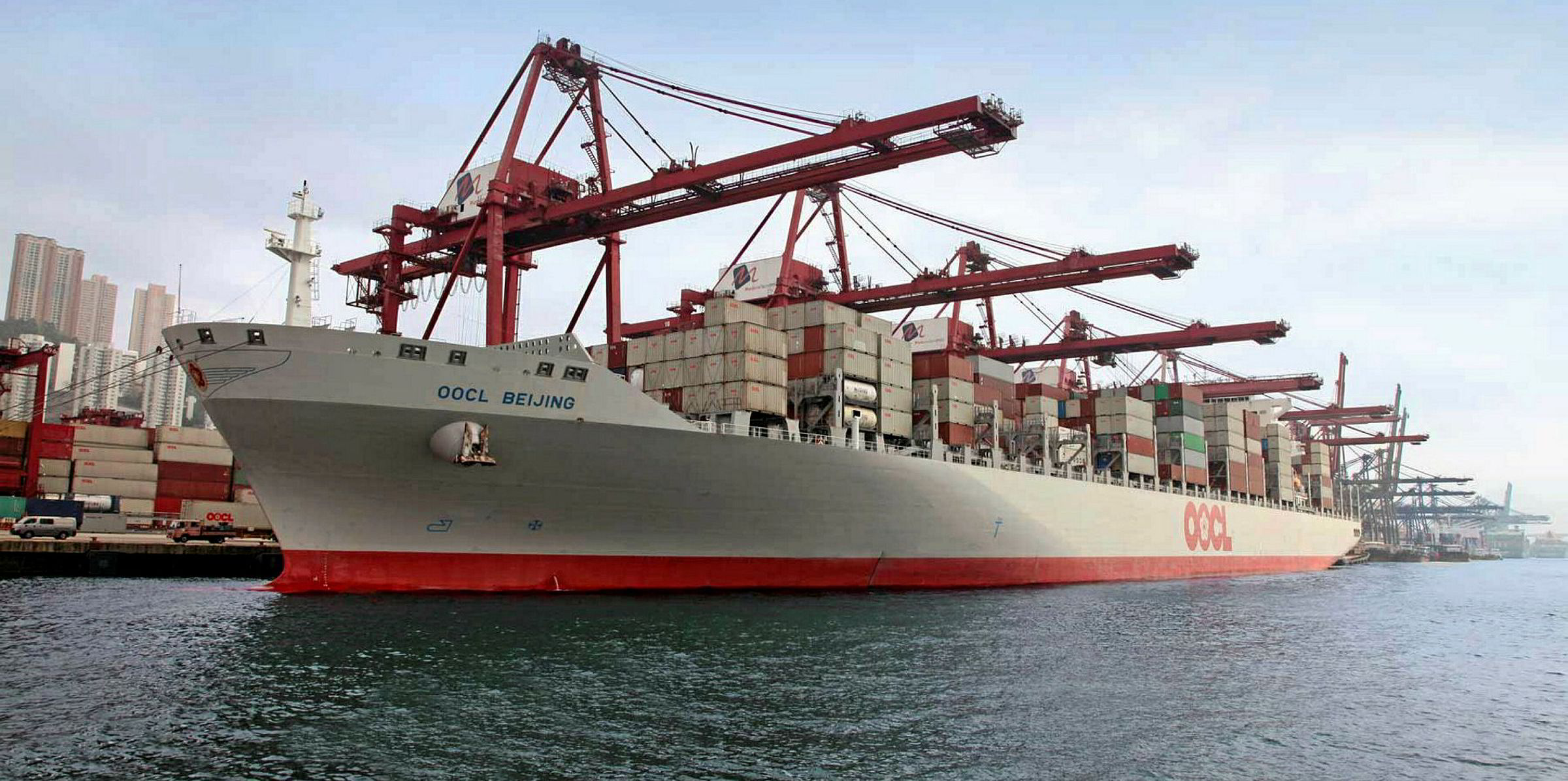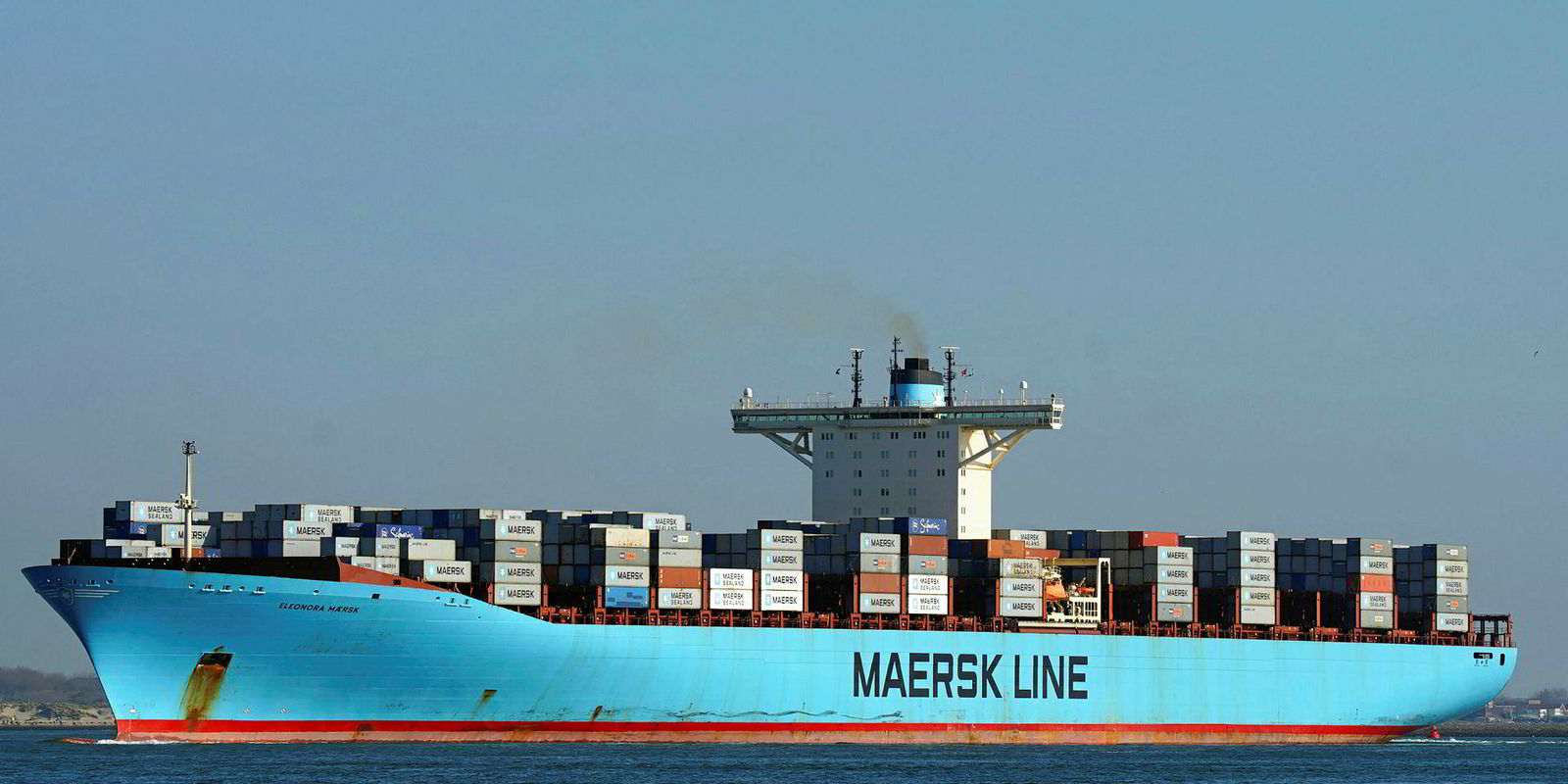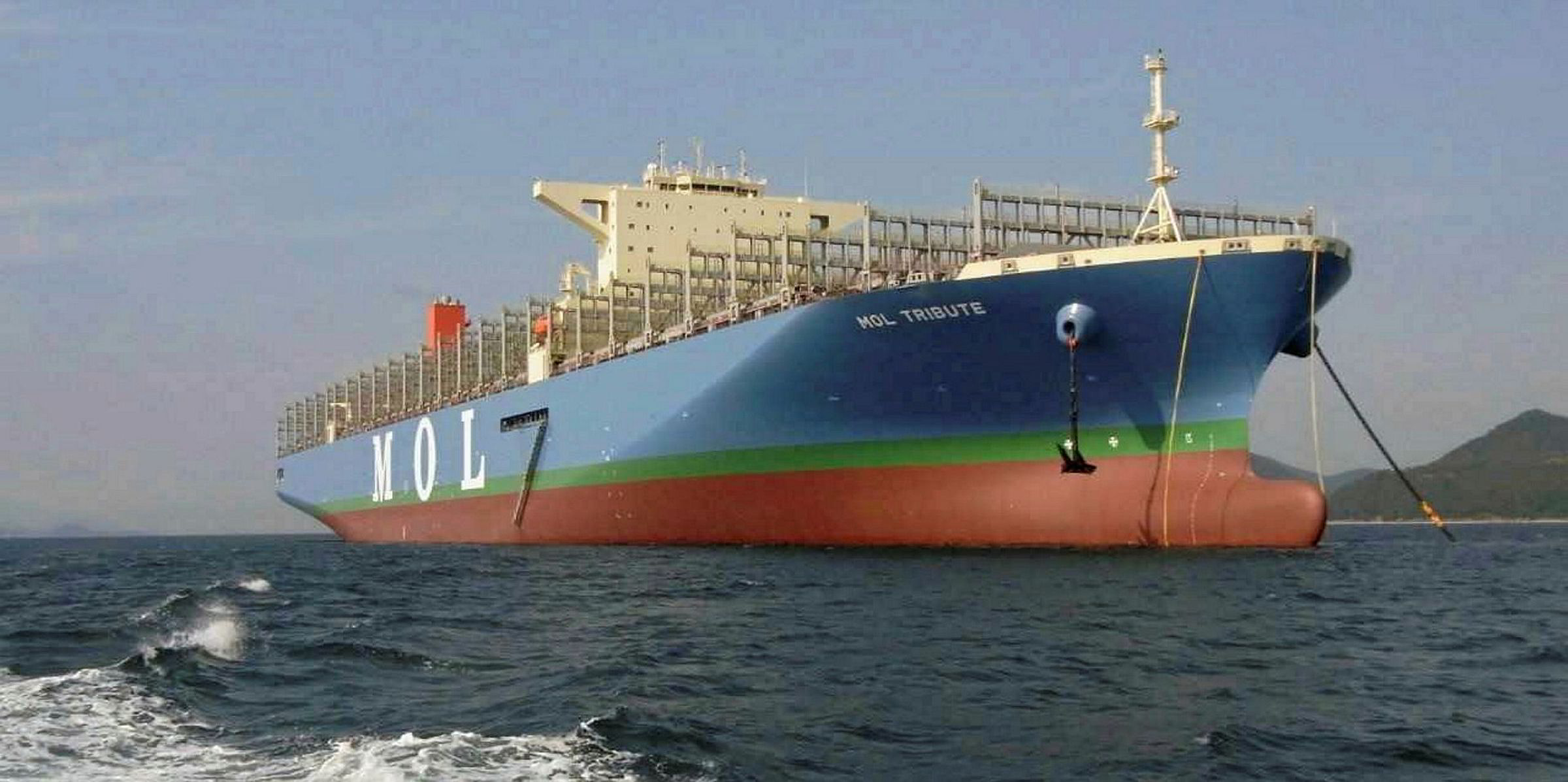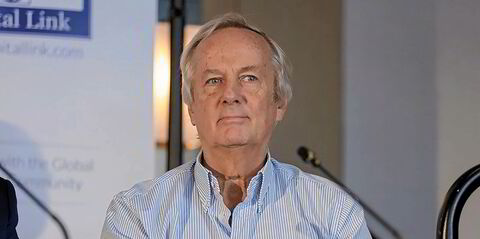The OCEAN Alliance is axing 10 sailings on its transpacific service in response to expected low seasonal demand.
CMA-CGM-APL, Cosco-OOCL and Evergreen will void the sailings scheduled for the vessels of between 9,000 teu and 13,900-teu
The measures indicate a fall in volumes that are sending freight rates on the trade into a tailspin.
Container shipping rates from Shanghai to Los Angeles plummeted by 20% last week.
They dropped by $389 to $1,590 per 40-ft container (feu) from $1,979 per feu, according to the World Container Index.
Rates on Shanghai-New York were also down by $189 to $2,790 per feu.
Container volumes are tailing-off after hitting a record high in December, when shippers had rushed to beat the imposition of tariffs due to the US-China trade dispute.
The axing of OCEAN’s sailings are expected to remove 74,180-teu of shipboard capacity from the US West Coast (USWC) trade lane and 35,620-teu from the US East Coast (USEC) trade lane, according to Alphaliner estimates.
This represents a drop of about 15% of the total capacity that the alliance would have otherwise deployed over the coming four weeks, it says.
The fall in volumes comes at a precarious moment for liner operators which are set to begin negotiations for annual contracts to be renewed from 1 May.
Those talks are expected to be especially difficult this year given the uncertainty of cost increases that liner operators want to apply to recover fuel costs linked to IMO 2020 legislation.
A White Paper published this week by Seabury Maritime and the Gemini Shippers Group calls for transparency over how the additional bunker costs are calculated and will be reflected in Transpacific contract rates and surcharges.
“With fuel costs already representing more than 50% of total operating expenses, the IMO 2020 poses an increase too significant for carriers to absorb and stay operational,” said Seabury Maritime vice-president Nikos Petrakakos.
“What today costs approximately $1,600 to ship a container from China to the US East Coast, will now cost $600 more after the IMO 2020 regulation goes into place,” he added.
“Shippers should be prepared to share in the risk of changing fuel prices through the assessment of reasonable and transparent fuel-surcharge calculations.”





